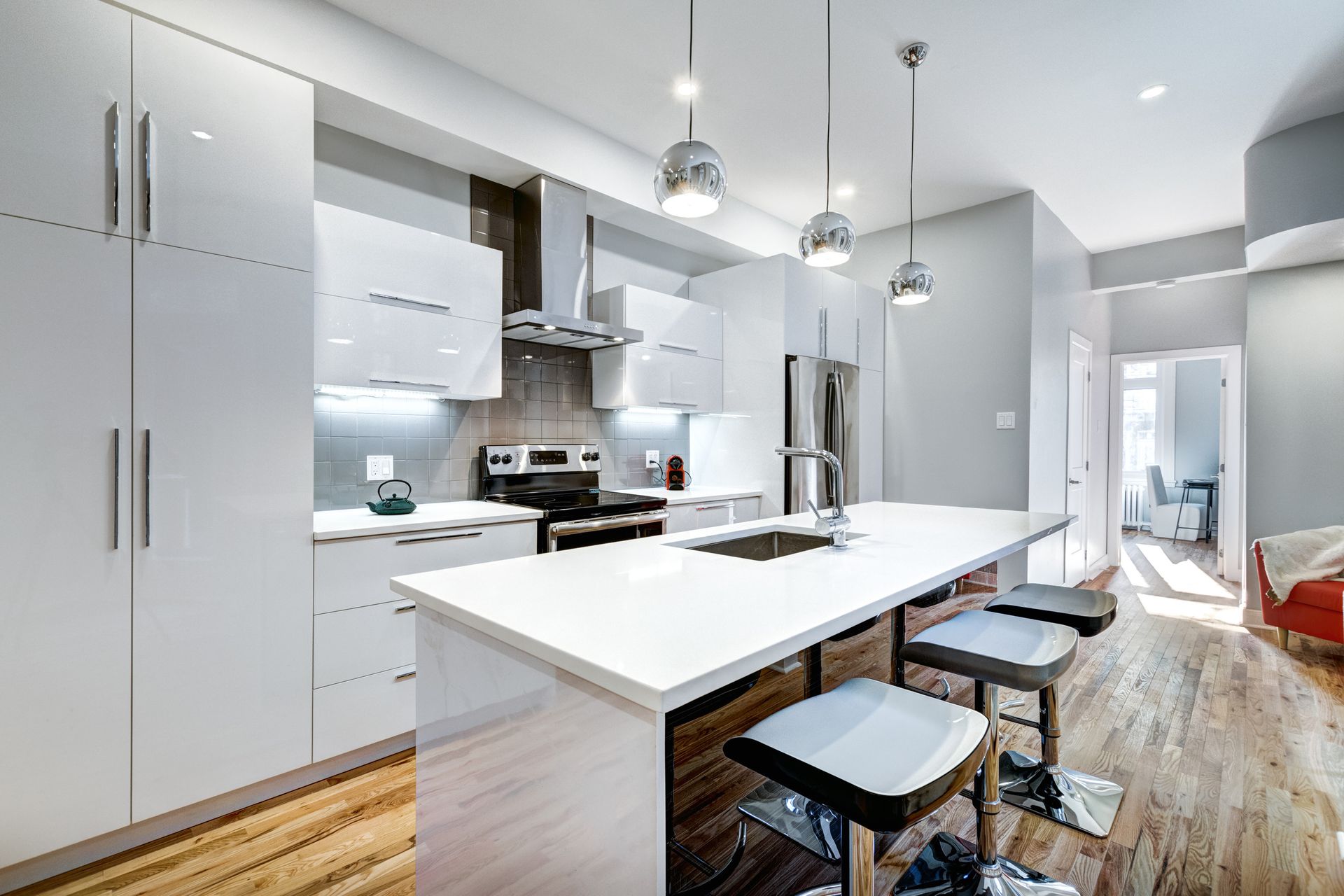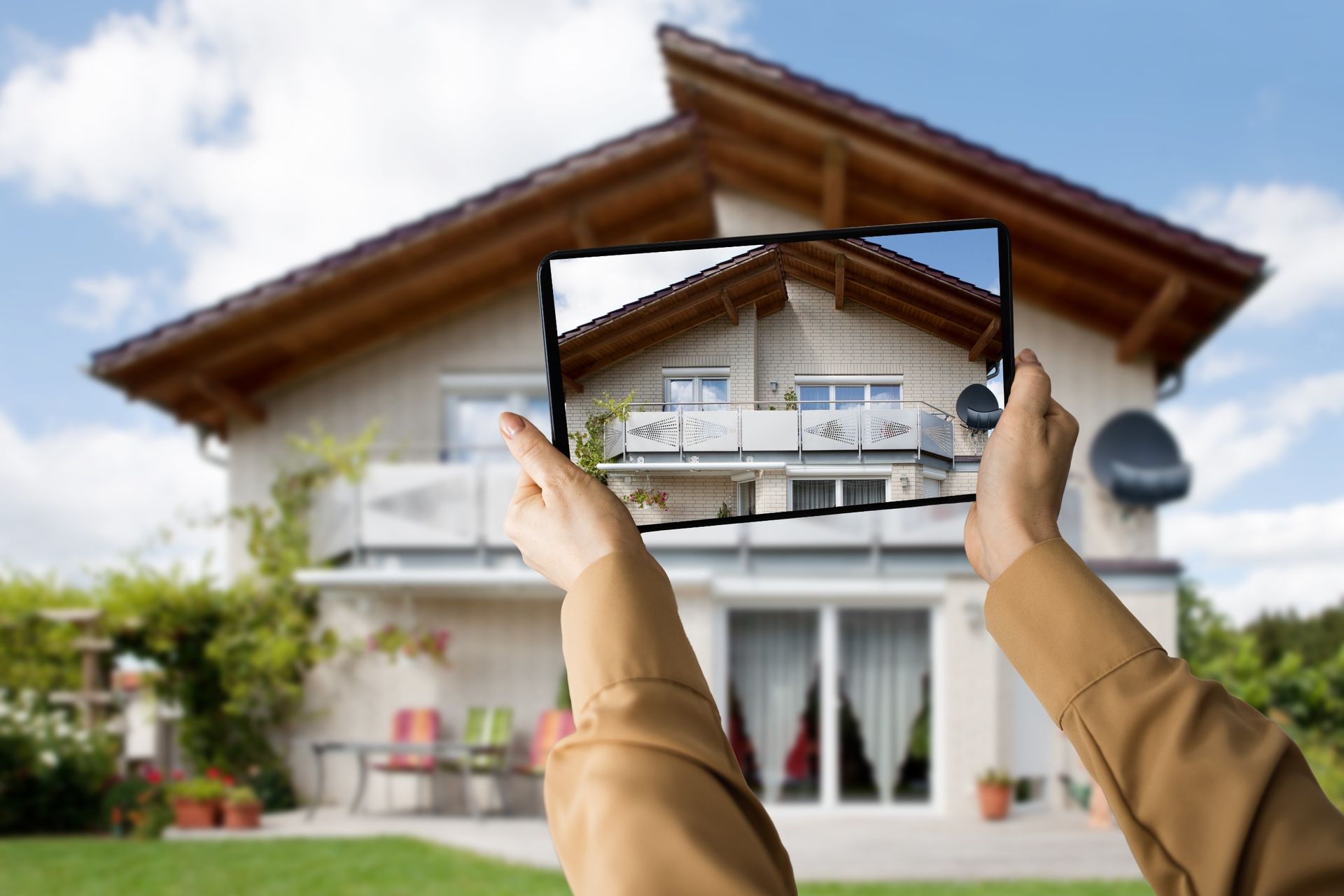Complete Guide to Commercial Real Estate Photography
Complete Guide to Commercial Real Estate Photography
In the competitive landscape of commercial real estate, first impressions often hinge on high-quality, compelling photography. A well-captured image can communicate the value of a property, highlight its unique features, and draw in prospective clients. This comprehensive guide aims to delve deeper into the nuances of commercial real estate photography. Whether you're an experienced photographer or a novice, this guide will provide valuable insights and practical tips to elevate your commercial real estate photography.
Understanding the Basics of Commercial Real Estate Photography
Commercial real estate photography is more than just capturing images; it requires an understanding of the property's architectural design, lighting, perspective, and more. Below are some fundamental concepts that every commercial real estate photographer should grasp:
- Understanding the property: Before starting the shoot, familiarize yourself with the property. Identify its unique features, layout, and areas that may require special attention.
- Lighting: Proper lighting is essential to showcase the commercial property accurately. Use natural light when possible, but don't shy away from using artificial lighting to enhance the property's features.
- Perspective: Capturing the property from the right angles and perspectives can make a significant difference. Wide-angle shots can capture more of the property, while close-ups can emphasize specific features.
- Post-processing: This is a crucial part of commercial real estate photography. Post-processing can correct color balance, contrast, sharpness, and other attributes to make the image more appealing.
Composition Strategies for Capturing Professional-Quality Photo
- Rule of Thirds: This basic principle of photography involves dividing the image into thirds, both horizontally and vertically, and aligning the property's key components along these lines or their intersections.
- Leading Lines: Use natural and architectural lines to lead the viewer's eye toward the main subject of the photo, such as the building's entrance or a distinctive design feature.
- Symmetry and Patterns: Commercial buildings often have symmetrical structures and repeating patterns. Highlighting these elements can create visually pleasing images.
- Framing: Use surrounding elements like trees, archways, or windows to frame the subject, adding depth and context to the photo.
- Depth: Try to incorporate a foreground, middle ground, and background in your shots to give a sense of depth, enhancing the viewer's perception of the property's size and layout.
Enhancing Photos Through Post-Processing and Editing Techniques
- Color Correction: This technique adjusts the color balance in your photos to ensure they accurately reflect the property's colors. This might involve adjusting the temperature, tint, saturation, or vibrance.
- Contrast Adjustment: Altering the contrast can make your images pop. Increasing contrast brings out the differences in color and light while reducing it can soften the overall look of the image.
- Sharpening: This improves the clarity of your images, making details more precise and noticeable.
- Noise Reduction: This technique is useful for cleaning up photos taken in low-light conditions. It reduces pixelation and graininess, creating a smoother image.
- Cropping and Straightening: This can help improve the composition of your photo after it's been taken. Cropping can eliminate unwanted elements from the edges while straightening ensures the verticals and horizontals are aligned correctly.
- Exposure Adjustment: If your photo is too dark (underexposed) or too light (overexposed), adjusting the exposure can help bring out the details.
- Spot Removal: This tool is useful for removing small, unwanted elements from your photo, like dust spots or small blemishes.
Strategies for Minimizing Common Issues When Shooting Commercial Real Estate
- Weather Conditions: Weather can significantly impact the quality of your photos. On overcast or rainy days, lighting can become challenging. Always check the weather forecast beforehand, and if possible, schedule shoots for days with good lighting conditions.
- Distractions in the Frame: Unnecessary distractions such as vehicles, people, or overgrown vegetation can detract from the property's prominence. As much as possible, aim for a clean, clear shot of the property.
- Incorrect White Balance: If not correctly set, white balance can cast an unnatural color over your photos, making them appear too cool (blue) or too warm (orange). Make sure to adjust this before shooting or correct it during post-processing.
- Poor Lighting Conditions: As mentioned earlier, lighting is crucial. Poor lighting can lead to underexposed (too dark) or overexposed (too bright) images. Ensure you understand the property's lighting conditions and adjust your camera settings accordingly.
- Lack of Planning: A successful commercial real estate photo shoot requires proper planning. You should understand the property layout, the best time for shooting, and the key features to highlight. Failing to plan can lead to missed opportunities and subpar results.
Tips for Avoiding Legal Problems When Taking Photos of Commercial Properties
- Permission and Rights: Always obtain permission before photographing a commercial property. The property may be privately owned, and unauthorized photography could lead to legal issues. Confirm the usage rights of your photos with your client.
- Respecting Privacy: Be mindful of areas where individuals expect privacy, even in a commercial setting. Avoid photographing these areas without explicit permission.
- Use of Drones: If you're using drones for aerial shots, ensure you are compliant with local laws and regulations. You may need a license or permit.
- Avoid Trespassing: Stay within public areas when photographing a property unless you have been granted permission to access private areas.
- Intellectual Property: Be aware that certain buildings may be protected under copyright laws, and photographing them for commercial purposes could result in infringement. Always research and respect intellectual property laws.
- Contracts: Before starting a project, have a detailed contract outlining the scope of the work, usage rights of the photos, and payment terms. This will protect both you and your client.
How to Create Engaging Visuals by Combining Different Photographic Elements
Combining different elements effectively in your commercial real estate photography can make your photos stand out. Here are some strategies to consider:
- Variety of Shots: Don't just focus on wide shots of the property. Include close-ups of distinctive details, medium shots of individual rooms or areas, and aerial shots to provide a comprehensive view of the property.
- Mix of Natural and Artificial Light: While natural light is often preferable, don't be afraid to mix it with artificial light to create unique lighting effects and enhance certain features of the property.
- Combination of Static and Dynamic Elements: While the building itself is static, the environment around it is dynamic. Incorporating moving elements like people or cars can add a sense of life and activity to your photos.
- Use of Colors and Textures: Different materials and colors can create contrasting textures and patterns. Don't overlook these elements as they can add depth and interest to your photos.
- Integration of Interior and Exterior Shots: Show the relationship between the inside and outside of the property. This can be achieved through techniques like shooting from the interior towards the outside, or vice versa.
Remember, the key to engaging visual storytelling in commercial real estate photography lies in the ability to seamlessly weave together these different elements to form a cohesive, captivating narrative.
About Premier Realty Services
Now that you have understood the importance of virtual staging in your listings, you must look for a professional virtual staging service provider. Premier Realty Services offers varied realty services, including photography, virtual staging, sign storage and placement, 3D tours, and real estate sign printing services. Our clients choose us because we make things easier for them by providing dependable and quality service. All they have to do is tell us what they need, when they need it, and where — we will take care of the rest. To learn more about our real estate video services, call 281.800.4898 or write to help@prstx.com.













